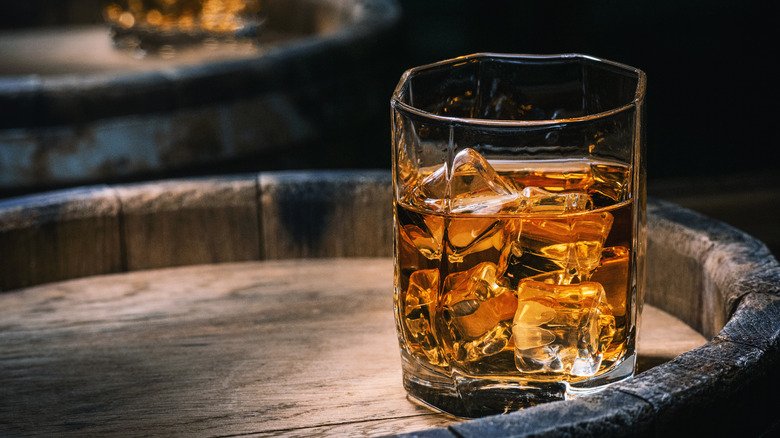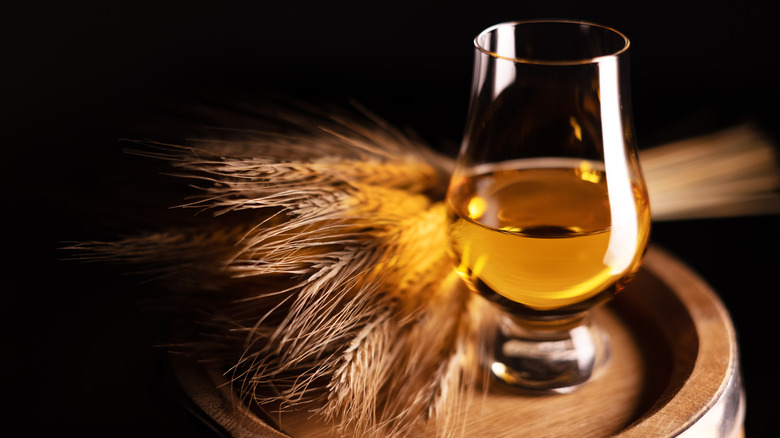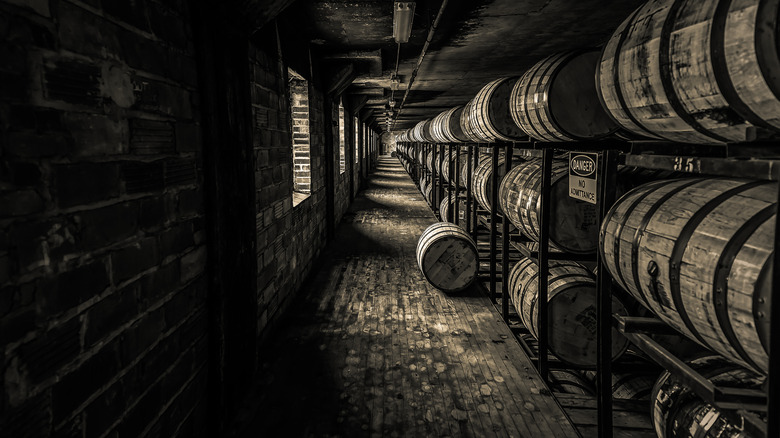How Prohibition Nearly Killed American Rye Whiskey
While bourbon has a reputation for being America's bread and butter in the spirits world, this wasn't always the case. Up until the early 20th century, rye whiskey reigned supreme as the go-to spirit for cocktails, popular in drinks like the Old Fashioned or the Manhattan, or served neat.
Rye gained popularity during America's adolescence after Caribbean rum, which had become associated with the British, fell out of favor, and rye distilleries spread throughout the U.S. like wildfire.
But this beloved American bar staple was nearly destroyed during the 1920s when Prohibition shuttered most of the country's distilleries. Of course, plenty of people still made bathtub gin and moonshine, but it was the period after Prohibition, when distilleries were rebuilding, that U.S. corn subsidies kept their foot on the throat of the recovering rye whiskey industry.
Corn subsidies imposed by the government made it cheaper to make bourbon, which is made from corn, than rye, which is made from, well, rye. This made a big difference, particularly in Kentucky, where corn was easy to grow, and a bourbon boom began.
Rye vs. bourbon
The demise of rye continued until the mid-20th century, when it had all but disappeared. But contemporary whiskey distillers are hoping to change all that.
Redemption Whiskey's Master Blender Alan Kennedy specializes in this kind of pre-Prohibition style whiskey, bringing the history of this cultural shift to the rye and bourbon he makes today. "Our mission is to revive rye to its former glory by bringing what used to be America's most popular spirit before Prohibition back to the forefront of today's whiskey culture," Kennedy told Food Republic.
While there will always be a place for bourbon in American drinking culture, the heavy, vanilla sweetness of bourbon can't compare to the spicy, uplifting notes of true rye. With the craft cocktail boom of the early 21st century, rye returned as its use in classic cocktails refamiliarized Americans with the spirit and its incredible versatility.
"Over the past two decades, we've seen a renaissance in rye whiskey, as cocktail enthusiasts, bourbon connoisseurs and novice whiskey drinkers have developed a passion for early American whiskey culture, and in particular, rye whiskeys," Kennedy explained.
Pre-Prohibition style whiskey
These days, it's not uncommon to spot a whiskey described as "Pre-Prohibition style" whiskey, rye, or bourbon. Black Button in Rochester, New York, sells a popular Pre-Prohibition Style Straight Bourbon, while Old Forester sells a 1920s Style Prohibition Whisky.
But what exactly does this mean? There is only so much information available about how people were making whiskey in the late 19th and early 20th centuries, and there isn't enough whiskey from that time still in existence to compare it to modern whiskey in the flesh. But the main difference between pre- and post-Prohibition whiskey is the rye content, with pre-Prohibition whiskeys tending to be more rye-forward since rye was plentiful and affordable during that era. Of course, since bourbon only needs a 51% corn mash, and rye only needs a 51% rye mash, it's possible to mix and match the ratios to get very different styles of both rye and bourbon.
Redemption, for example, even bumps up the rye content in its bourbon by offering a High Rye Bourbon, something like a midway point between modern and pre-Prohibition bourbon.



